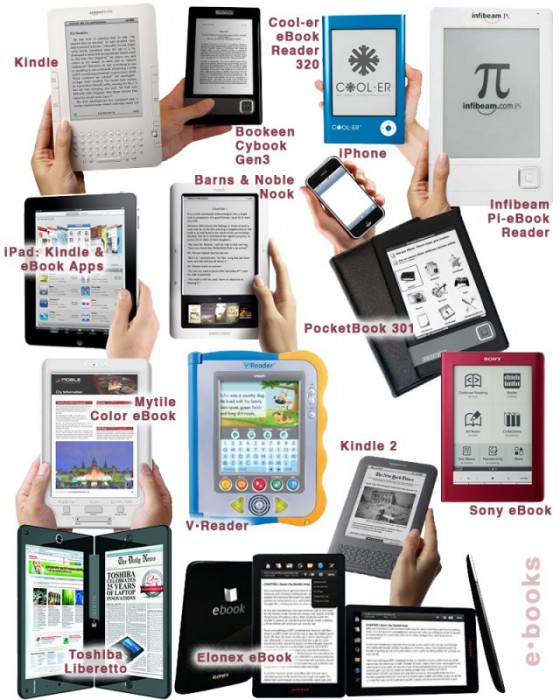Rutter, G. B. (2010). “In Search of Design Excellence.” http://www.appliancedesign.com. Visited on October 15th, 2012: http://www.appliancedesign.com/Articles/Feature_Article/BNP_GUID_9-5-2006_A_10000000000000931808 Design excellence can be defined as a combination of design excellence, or the fidelity of decisions decisions and the innovations. Often, people conflate innovation and the execution of design. Even if a design is new and a breakthrough, the execution of the design can make or break the how excellent a design truly is. One area to consider for design execution is human centered design. Examples given include the design of a music application. While it might be possible to dpwnload music in a new manner, it does not mean ease of use has been considered. Similary, when considering design decisions for making a new chair, often times, ergonomics and engineering check boxes may be used to create new experiences. However, if human centered design tenants are not considered, the design may still ultimately fail. Ie, s the music app easy to use? Fun to use? Is the chair comfortable? Does it fit in the users environment? For new innovations if human centered designed is a component of the design a better product may emerge, and this is one sign of excellent design. p-prim…
Tag Archive for ergonomics
Cognitive Blindness, Conceptual Design, Cultural Bias, Ethnographic & User Data, Featured, Flow, Interaction Design, Interface Design, Mental Model Traps, Mirroring Errors, Pipsqueak Articles, Product Design Strategy, Scaffolding, Users
Thinking About the Future of Reading
by Olga Werby •

The Taxonomy of Usefulness We are a family with two Kindles, three iPads, two iPods, and an iPhone. We also have a few thousand old-fashioned paper books stored on bookshelves in every nook and cranny of our home: bedrooms, bathrooms, kitchen, stairs, garage, closets, family room, and any other space and surface that might hold a book or two or ten. We are into reading! And we use our Kindles, iPads/Pods/Phone, and computers to read as well. And while statistically speaking, we make just four data points for four family members, I feel we have something interesting to say about using technology to read. To help me understand my own relationship with reading and technology, I’ve come up with a little Taxonomy of Usefulness. If you’ve been reading this blog (or my books and papers), you’d have noticed that I like to slice up the world into groups sorted by a set of variables that I find useful at the time. Forming categories helps me think—the Cognitive Wheel is a prime example. Taxonomy of Usefulness These variables help derive the value of the electronic reading devices. Ergonomics There are many attributes to consider when describing the ergonomics of a device,…
